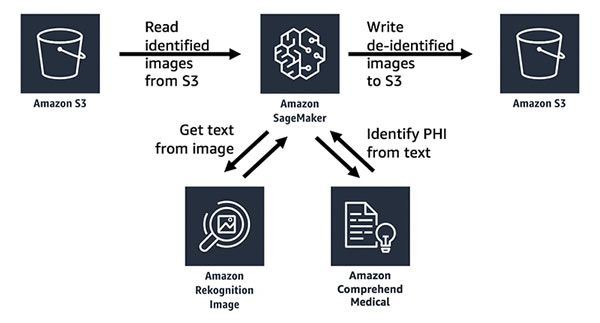The HHS’ Office of the National Coordinator for Health IT (ONC) has released the second draft of its Trusted Exchange Framework and Common Agreement (TEFCA) and is seeking comments on the updated text.
The purpose of TEFCA is to help ensure there is seamless, interoperable exchange of health information, which is critical to the creation of a health system that empowers providers and patients and delivers better healthcare at a lower cost.
The 21st Century Cures Act promoted a national framework and common agreement for the trusted exchange of health information. The framework is required as there is currently no core exchange mechanism that can be used by healthcare providers, health plans, vendors, public health departments, and federal, state, local and tribal governments. Trusted exchange is too complex.
Currently, multiple exchange methods need to be used. The majority of hospitals use three or four exchange methods and three in ten use more than five methods. This approach is inefficient and expensive. Healthcare organizations are having to build several point-to-point interfaces to communicate health information with each other. The Trusted Exchange Framework will reduce the need for individual interfaces to be developed and maintained.
The five key goals of TEFCA are to create a single on-ramp for nationwide connectivity, to ensure electronic information is available whenever and wherever it is needed, to build a competitive market to allow all entities to compete on data services, to support nationwide scalability for network connectivity, and to achieve long-term sustainability.
In addition to helping healthcare entities efficiently exchange health information, the trusted exchange framework has important benefits for patients, including the ability to find all of their health information that has been recorded by multiple providers, even if they do not remember the names of those providers. This will help patients and their caregivers to participate more fully in their care and manage their health information.
After publishing the first draft of TEFCA, ONC received more than 200 comments from industry stakeholders. After careful consideration of the comments, ONC has made key revisions to the Trusted Exchange Framework (TEF) and the Minimum Required Terms and Conditions (MRTCs) for trusted exchange and has released the first draft of a Qualified Health Information Network (QHIN) Technical Framework.
Together, these documents form the basis of a Common Agreement for QHINs and their participants and include technical and legal requirements for the sharing of electronic health information nationwide across disparate networks.
ONC will be responsible for maintaining the TEF and the HHS is looking to appoint a non-profit industry-based organization – a Recognized Coordinating Entity (RCE) – to develop, update, implement and maintain the Common Agreement. The HHS has announced the release of a notice of funding opportunity to engage an RCE. Applications will be received up until June 17, 2019.
“We expect that the implementation of the Trusted Exchange Framework and the Common Agreement, will bring us all that much closer to achieving the administration’s goals of nationwide interoperability,” said HHS’ national coordinator for health information technology, Dr. Donald Rucker.
The HHS is seeking comments on the second draft of TEFCA until June 17, 2019.
The post HHS’ ONC Releases Second Draft of Trusted Exchange Framework and Common Agreement appeared first on HIPAA Journal.
